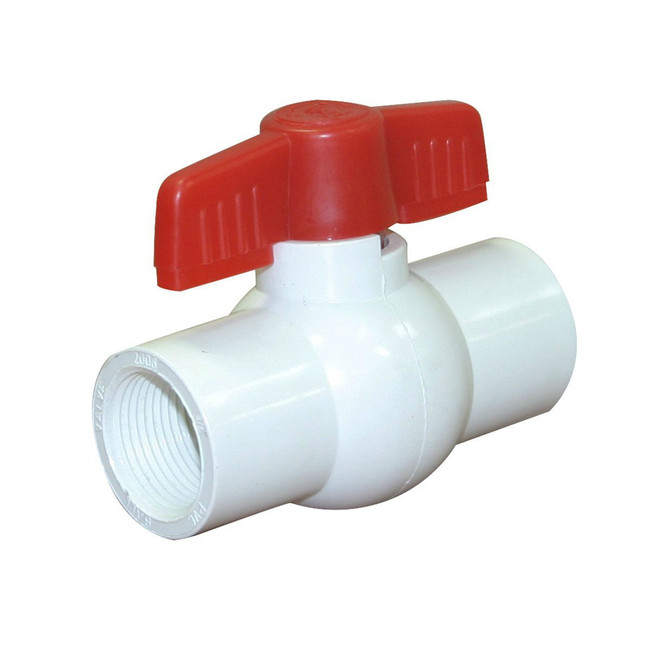Alexander1312
Supporting Member
Since the issues with the yellow tang, I have tried to identify any mistakes I am making with keeping him. One of the several books I bought while I was in Germany this summer is the one below. It is more of a booklet, a coral magazine branded and translated "Tangs in the Reef Aquarium." The first edition of this book was published in 2008, and its current fourth edition was released in 2022.
The author is Prof Dr. Ellen Thaler from Austria, a Zoologist, who seems to have been studying fish behavior for almost 40 years (unfortunately, she died last year at 92).
A short but super informative book, with two statements which I found particularly interesting:
1. Feeding danelions: She states that (all) tangs should be fed 50% greens and 50% other high-quality food (frozen food, primarily mysis, flakes, etc). For the greens, she swears by feeding dandelions almost exclusively over any other type of green plants, due to their high amount of vitamins, fiber, and other content (which I could not translate correctly, but one of them is tannin?). For the past few weeks, I have been offering now (organic) dandelion, in addition to seaweed, and started growing (organic) dandelion a few weeks ago (slow progress as seen below). I cannot tell if the yellow tang or the white tail eats it, but the foxface seems to like it (I know they eat anything). It is also expected to take several weeks for tangs to develop a taste.
2. Keeping them in pairs: I know this is very controversial, as many have kept them individually successful for, in some cases, a very long time. However, she claims that yellow tangs should always be kept in pairs. Again, her academic research focuses on fish behavior, and she claims that while yellow tangs occur in nature in large groups, they are typically always paired up within these large groups. Also, not keeping them in pairs might not lead to their immediate death, but rather a continuous decline over the years, which would result in premature death compared to their long lifespan.




The author is Prof Dr. Ellen Thaler from Austria, a Zoologist, who seems to have been studying fish behavior for almost 40 years (unfortunately, she died last year at 92).
A short but super informative book, with two statements which I found particularly interesting:
1. Feeding danelions: She states that (all) tangs should be fed 50% greens and 50% other high-quality food (frozen food, primarily mysis, flakes, etc). For the greens, she swears by feeding dandelions almost exclusively over any other type of green plants, due to their high amount of vitamins, fiber, and other content (which I could not translate correctly, but one of them is tannin?). For the past few weeks, I have been offering now (organic) dandelion, in addition to seaweed, and started growing (organic) dandelion a few weeks ago (slow progress as seen below). I cannot tell if the yellow tang or the white tail eats it, but the foxface seems to like it (I know they eat anything). It is also expected to take several weeks for tangs to develop a taste.
2. Keeping them in pairs: I know this is very controversial, as many have kept them individually successful for, in some cases, a very long time. However, she claims that yellow tangs should always be kept in pairs. Again, her academic research focuses on fish behavior, and she claims that while yellow tangs occur in nature in large groups, they are typically always paired up within these large groups. Also, not keeping them in pairs might not lead to their immediate death, but rather a continuous decline over the years, which would result in premature death compared to their long lifespan.




